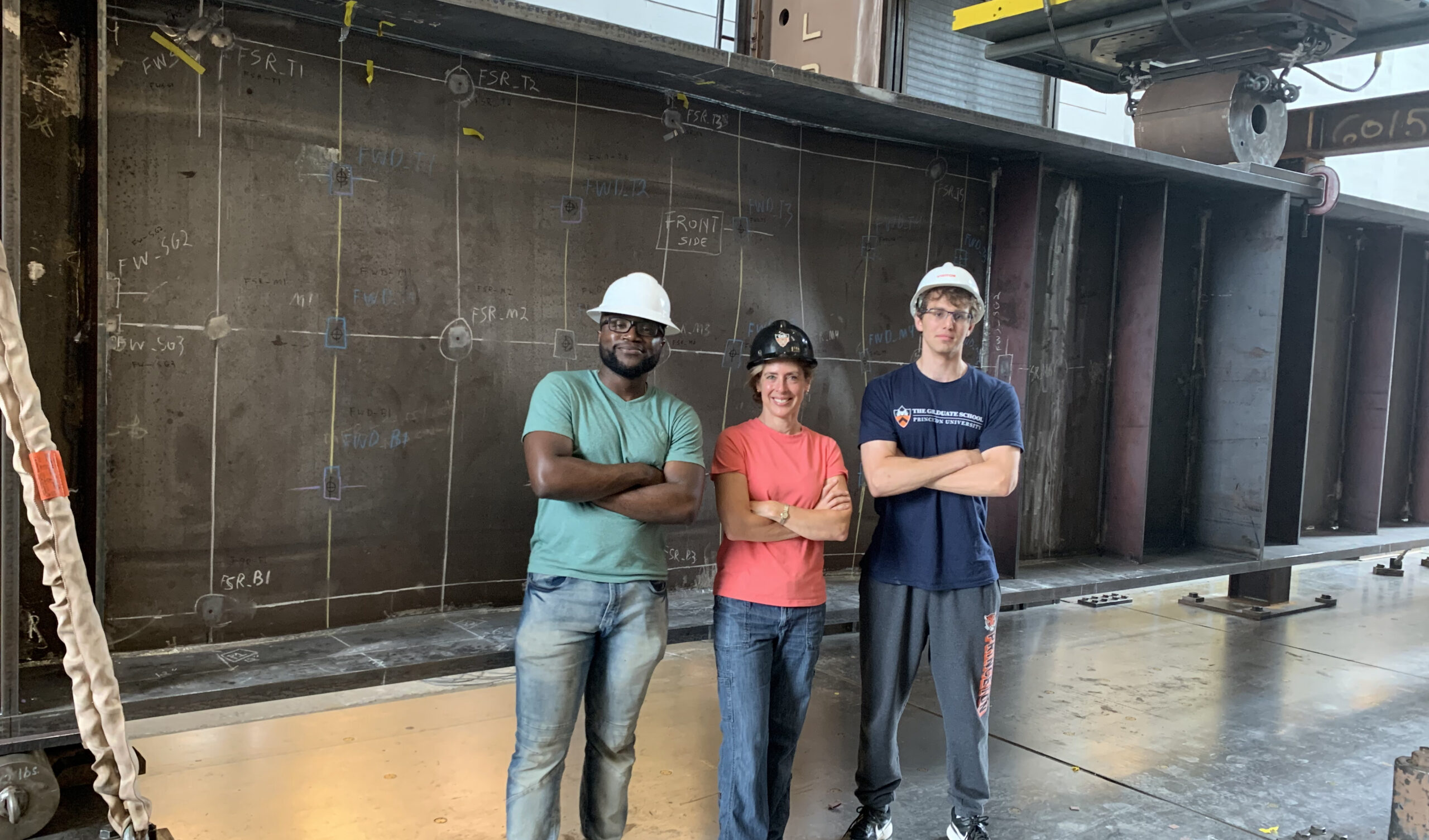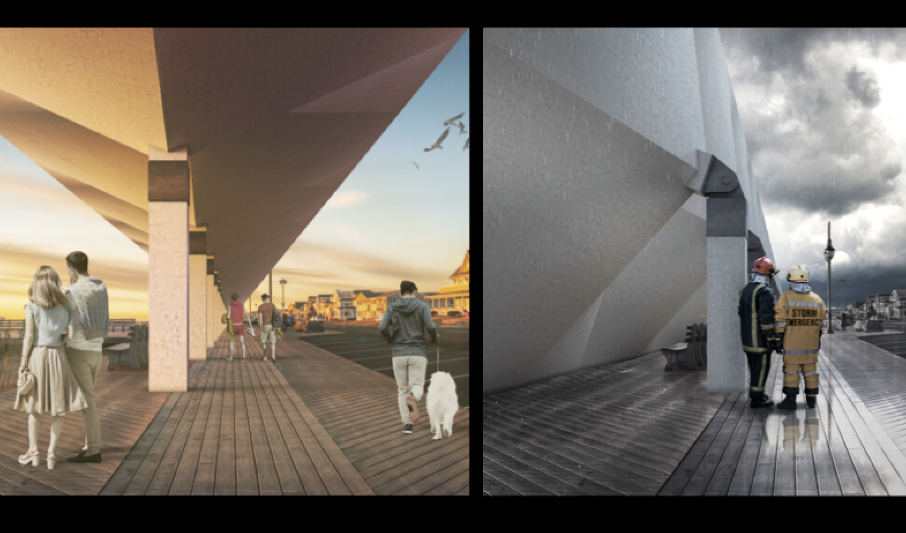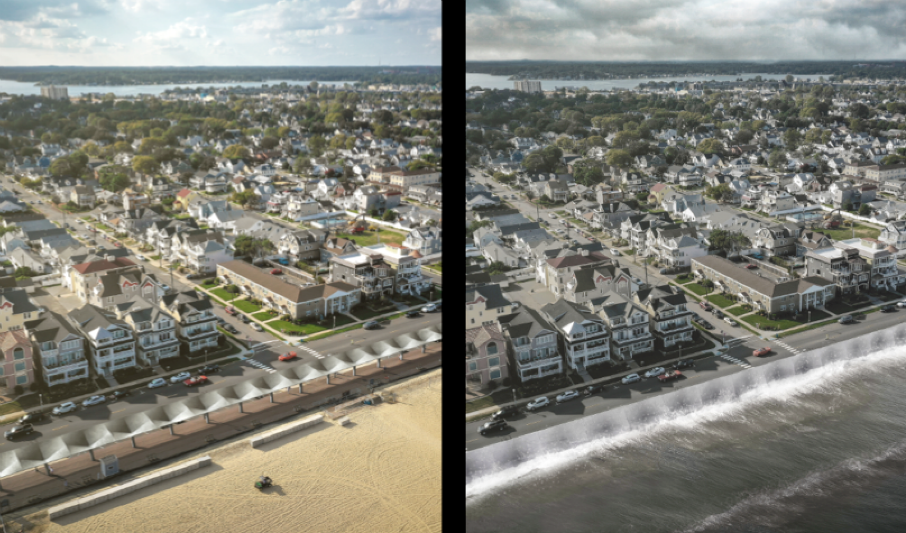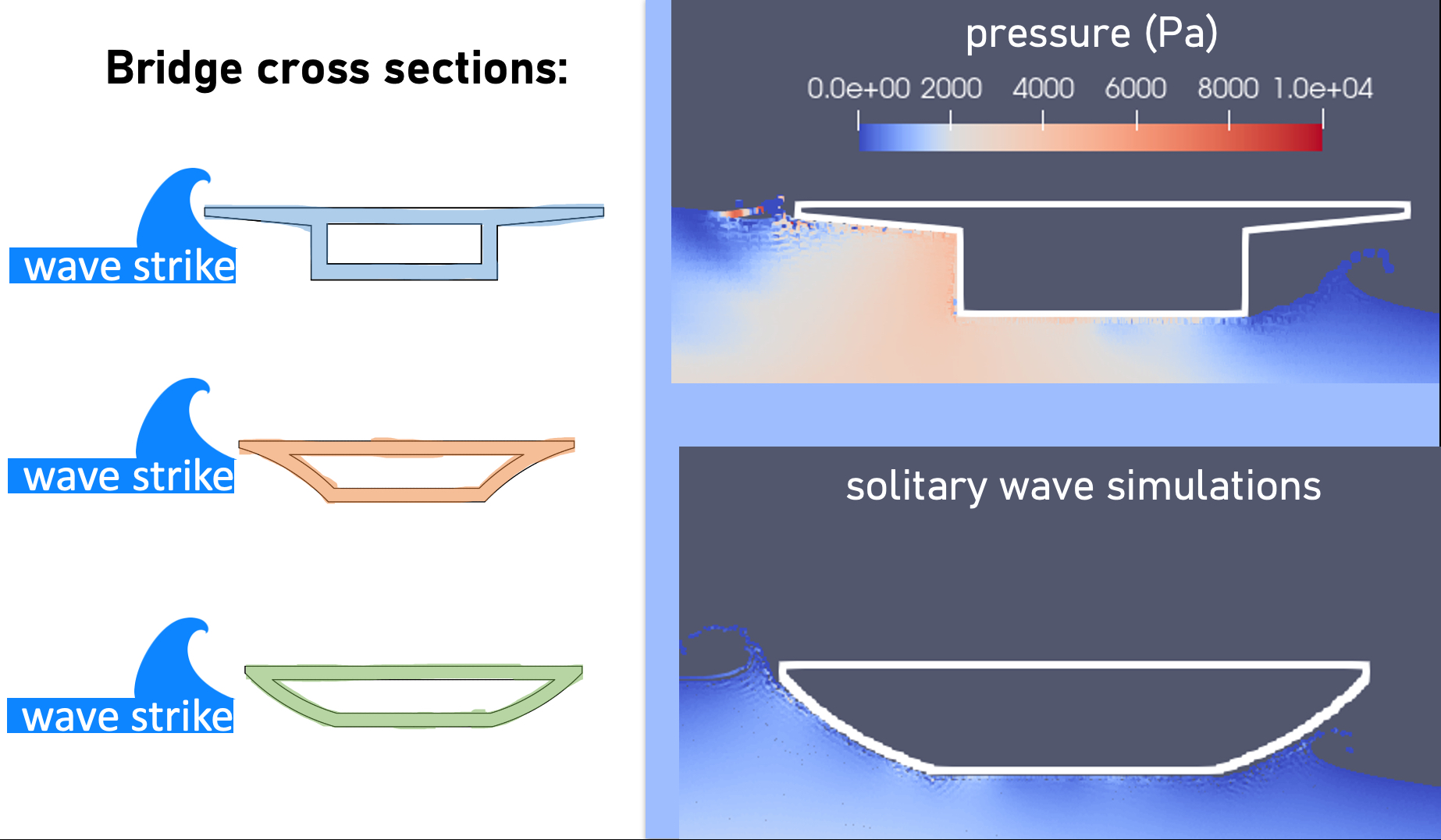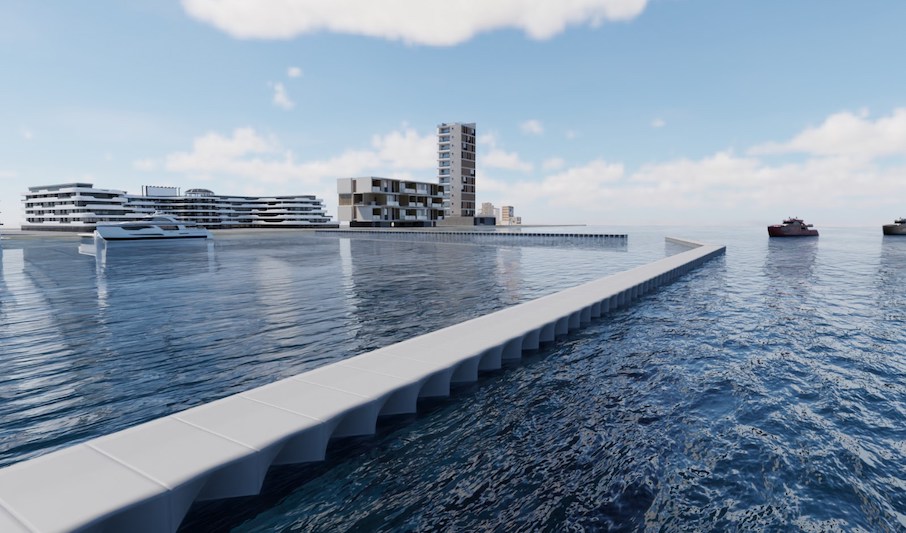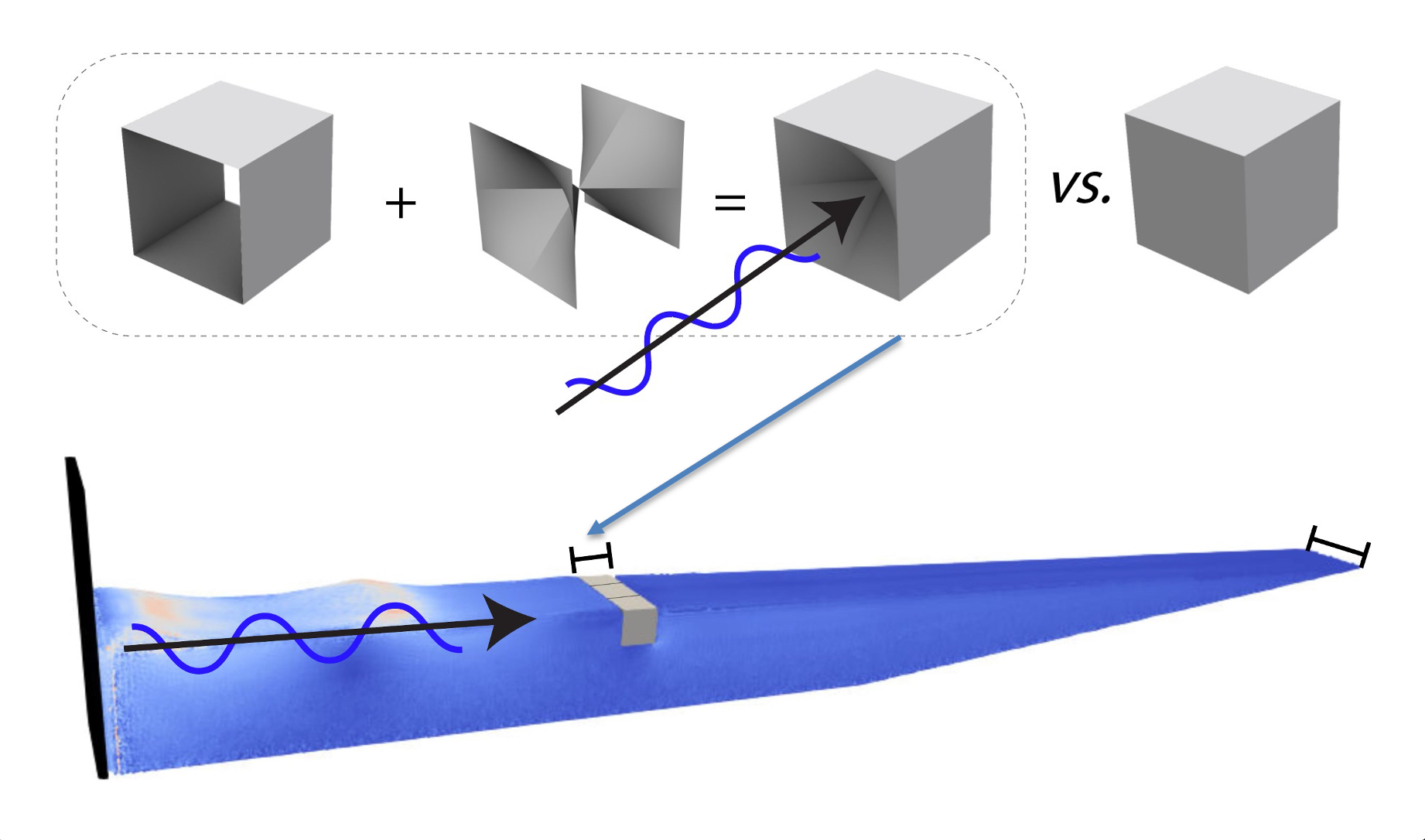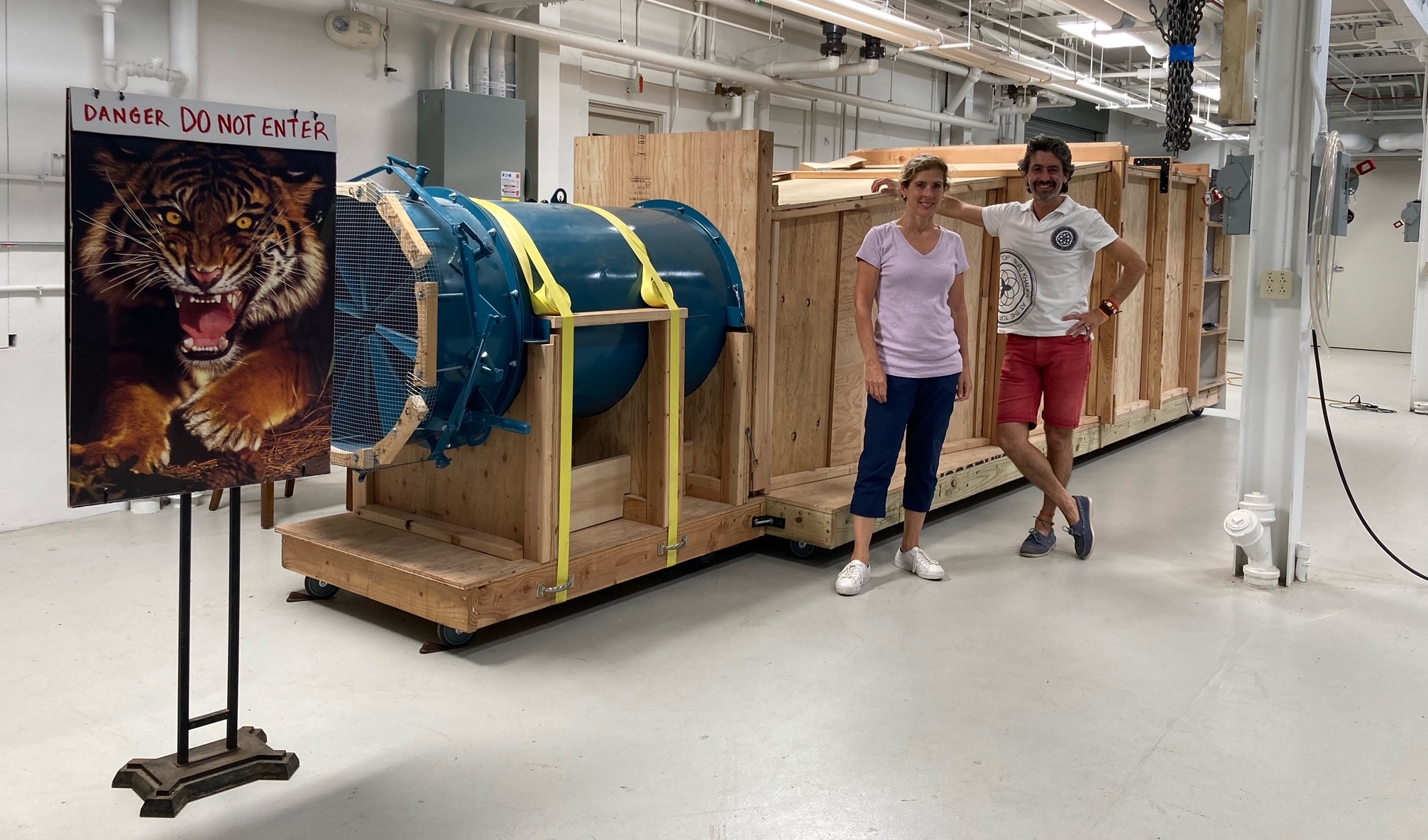The prosperity of our nation and the well-being of its citizens greatly depend on the efficiency and safety of our civil engineering works, which give us shelter (buildings), enable transportation (roads, bridges, ports, airports), and bring us water and power (dams and reservoirs). Such works must be designed for extreme forces such as earthquakes, fires, and floods. The design decisions that we make regarding these extreme forces greatly affect how many deaths, how much damage, and how long a recovery time we will have following an extreme event. Such multi-hazard resilience for structures is the underlying theme for one of my research areas.
Another research thrust is related to engineering and the arts. There is more than one solution to an engineering problem and this reality opens the door to creativity and the arts in engineering. My work in this realm is inspired by the pioneering scholarship of the late Professor David Billington and includes exhibitions that have been in art museums, and outdoors at popular tourist sites.
My research also extends into teaching. I have transformed my approach to teaching by using research-based pedagogy that involves more student-faculty interaction. This new approach is being integrated into classes as large as 200 to those as small as 12. An NSF educational grant, The Creative Art of Structural and Civil Engineering, gave me the opportunity to advance this type of research.
I am grateful for the opportunities that have been afforded to me thus far through the support of Princeton University, industry, and government agencies. I am also thankful to many people, such as my hard working students and collaborating colleagues, who have worked with me to advance the knowledge, teaching, and learning of civil engineering.
Maria E. Moreyra Garlock


